Right — let’s cut to the chase: if you search for walking shoes or “podiatrist recommended walking shoes Australia” you’re hunting for more than comfort. You want a tool that protects your feet, stabilises your gait and keeps you training through long weekly kilometres without a biomechanical breakdown.
This guide gives you the exact tests, fit checks and brand cues podiatrists use — plus practical steps you can apply in your next training week or before race day (Sydney Marathon, Melbourne Marathon, Gold Coast events and Ironman Cairns).
- Your feet change through the day — shop in the afternoon and wear your walking socks.
- Do the wet test at home to identify arch type; then check heel counter, towel twist and flex point in-store.
- Replace shoes by distance (500–800 km) — midsole collapse, not outsole wear, kills support.
- For hard pavement and long efforts, pair mechanically appropriate shoes with steady fuelling (e.g., UCAN Energy Gel pre-intervals).
Contents
- 1 Why Your Everyday Kicks Might Be Hurting You
- 2 How to Figure Out Your Foot Type at Home (The Old-School Way That Actually Works)
- 3 What Podiatrists Actually Look For in a Walking Shoe (It’s Not What You Think)
- 4 Top Podiatrist-Approved Brands in Australia You Should Know
- 5 How To Get the Perfect Fit Every Single Time
- 6 Your Top Questions Answered
- 7 References
Why Your Everyday Kicks Might Be Hurting You
You’re 10 km into a long training day and that niggle in your heel turns into a dull, persistent throb. Often the culprit isn’t training volume — it’s the shoe. Fashion or casual sneakers frequently lack the structured heel, midssole control and torsional stiffness needed for long heel-to-toe cycles, and the result is overload to the plantar fascia, Achilles or medial knee structures.
Australian podiatrists commonly see plantar fasciitis, Achilles tendinopathy and chronic arch soreness that trace back to poor footwear choices. When a shoe cannot guide your foot through a balanced rollover, the entire kinetic chain (ankle → knee → hip) compensates and energy leaks — which for endurance athletes equals slower times and more downtime.
That’s why a true podiatrist recommended walking shoe is mechanical first: support, controlled cushioning and an anatomically sensible last. Research into footwear and foot pain supports targeted mechanical interventions rather than generic cushioning alone.[1]
Bottom line: Shoes are not just fashion. They’re a primary injury-prevention tool for high-volume walkers and endurance athletes.
How to Figure Out Your Foot Type at Home (The Old-School Way That Actually Works)
Before you browse for models, know your foot. The simplest, most reliable starting point is the wet test — it’s quick and tells a podiatrist-alike how your foot distributes load.
What to do (wet test):
- Find a shallow tray, add a thin layer of water and wet one foot.
- Step straight onto a piece of cardboard or brown paper bag and lift carefully.
- Inspect the print: full imprint = low arch; narrow imprint = high arch; comma-shaped = neutral.
What Your Footprint Is Telling You
Flat arch (overpronation) — full print: likely inward rolling. What to do: prioritise shoes with stability features (firm medial midsole, guide rails). Why it works: medial support reduces excessive pronation moments and spreads load across the foot. How to apply: use these shoes for long steady walks and brick sessions where foot control matters.
High arch (supination) — narrow print: under-absorption of shock. What to do: prioritise maximal yet resilient cushioning. Why it works: softer midsoles increase contact time and attenuate impact peaks. How to apply: choose cushioned models for long road miles and recovery walks between hard sessions.
Neutral arch — comma-shaped: balanced mechanics. What to do: neutral shoes with balanced midsole density. Why it works: maintains efficient energy transfer. How to apply: rotate neutral trainers across sessions to preserve midsole life.
Matching Your Foot Type to Shoe Support
| Foot Type (Arch) | Common Issue | Podiatrist-Recommended Shoe Feature |
|---|---|---|
| Flat Arch | Overpronation (foot rolls inward) | Stability shoes with a firm midsole or guide rails. |
| High Arch | Supination (foot rolls outward) | Cushioned shoes with a soft, flexible midsole. |
| Neutral Arch | Efficient mechanics | Neutral shoes offering balanced cushioning and support. |
Armed with this, your shopping becomes evidence-based: not marketing-led. You’ll avoid the common error of buying whatever’s on sale and instead invest in a model that defends you through training blocks.
What Podiatrists Actually Look For in a Walking Shoe (It’s Not What You Think)
The sticker “podiatrist recommended” should flag a mechanical checklist, not just a PR campaign. Podiatrists assess mechanical behaviour: heel counter rigidity, torsional stiffness, flex point location and midsole formulation.
The Three Key Tests You Can Do in 30 Seconds
Do these in-store. They outperform brand copy.
- Heel counter squeeze: pinch the back of the shoe. A firm heel counter stops excessive rear-foot movement and secures the calcaneus (heel bone).
- The towel twist: hold the toe and heel, try to twist. A shoe that resists this motion offers torsional control through the gait cycle.
- Flex point check: bend the shoe. It should fold at the ball of the foot, not through the arch.
Cushioning and Control: The Real Engine of the Shoe
The midsole is the suspension: not just plushness but controlled damping. Overly soft midsoles can bottom out under load; too firm and they fail to attenuate impact. Choose the midsole that matches your arch type and training purpose — cushion for recovery and long steady miles; stability for high-mileage training with structural pronation.
A shoe’s midsole should absorb impact peaks while preserving alignment — think suspension, not just softness.
Many Australian clinics keep lists of approved shoes for common mechanics (mild stability, max control). Use those lists as a starting point but validate each pair with the three quick checks above.
Top Podiatrist-Approved Brands in Australia You Should Know
You don’t need to try every label. Focus on brands that invest in biomechanical research and offer models across the stability-cushion spectrum.

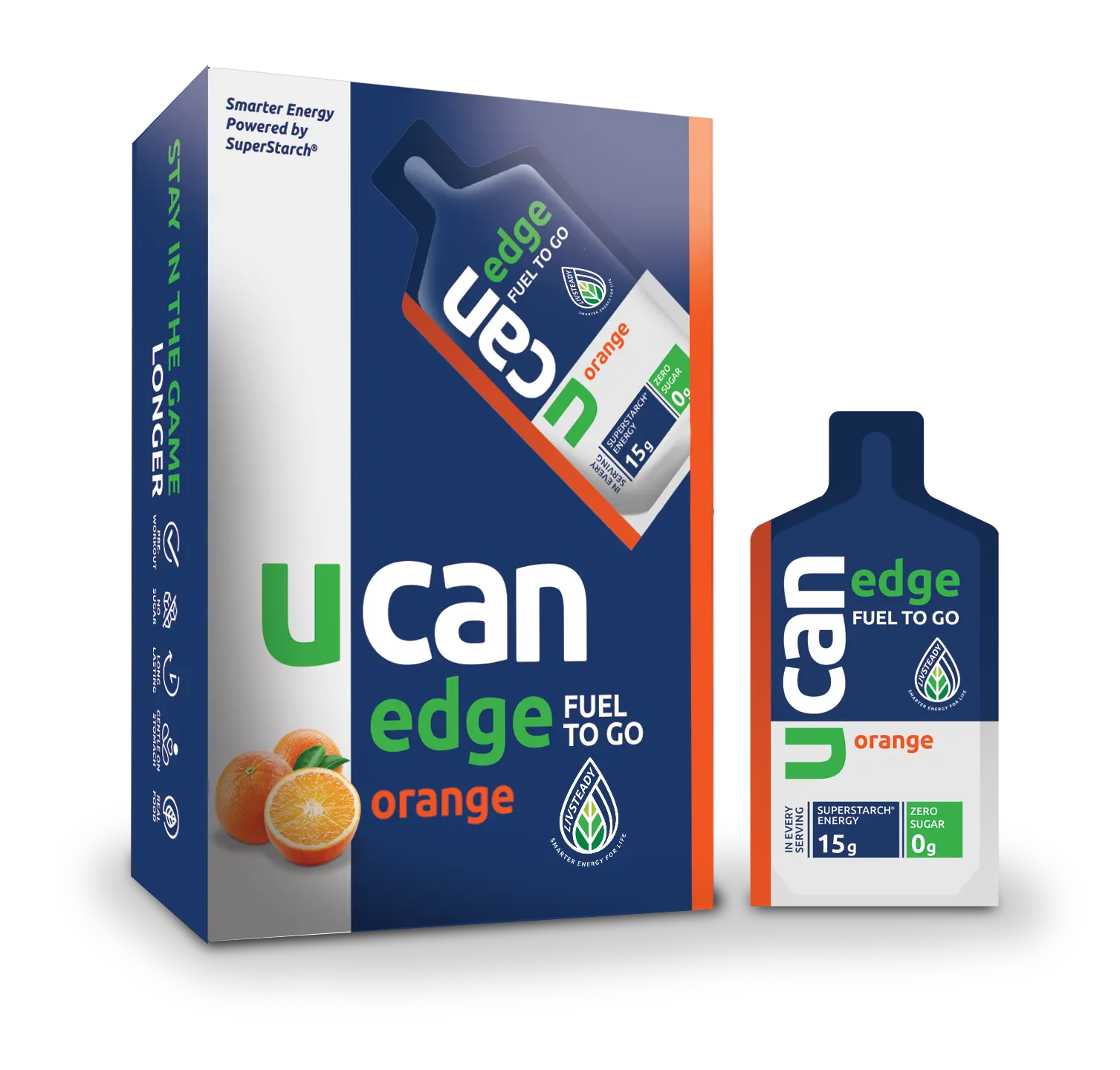


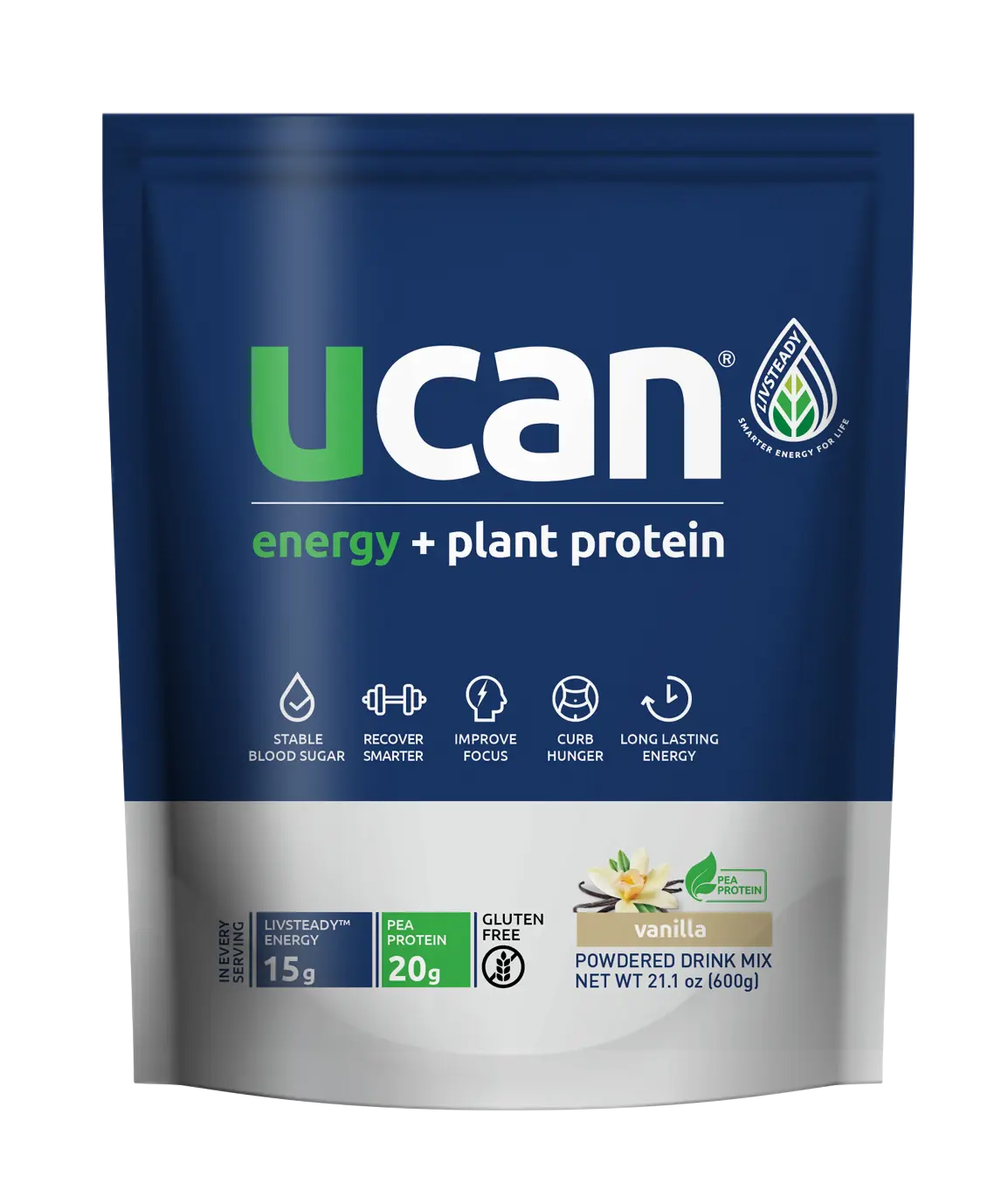

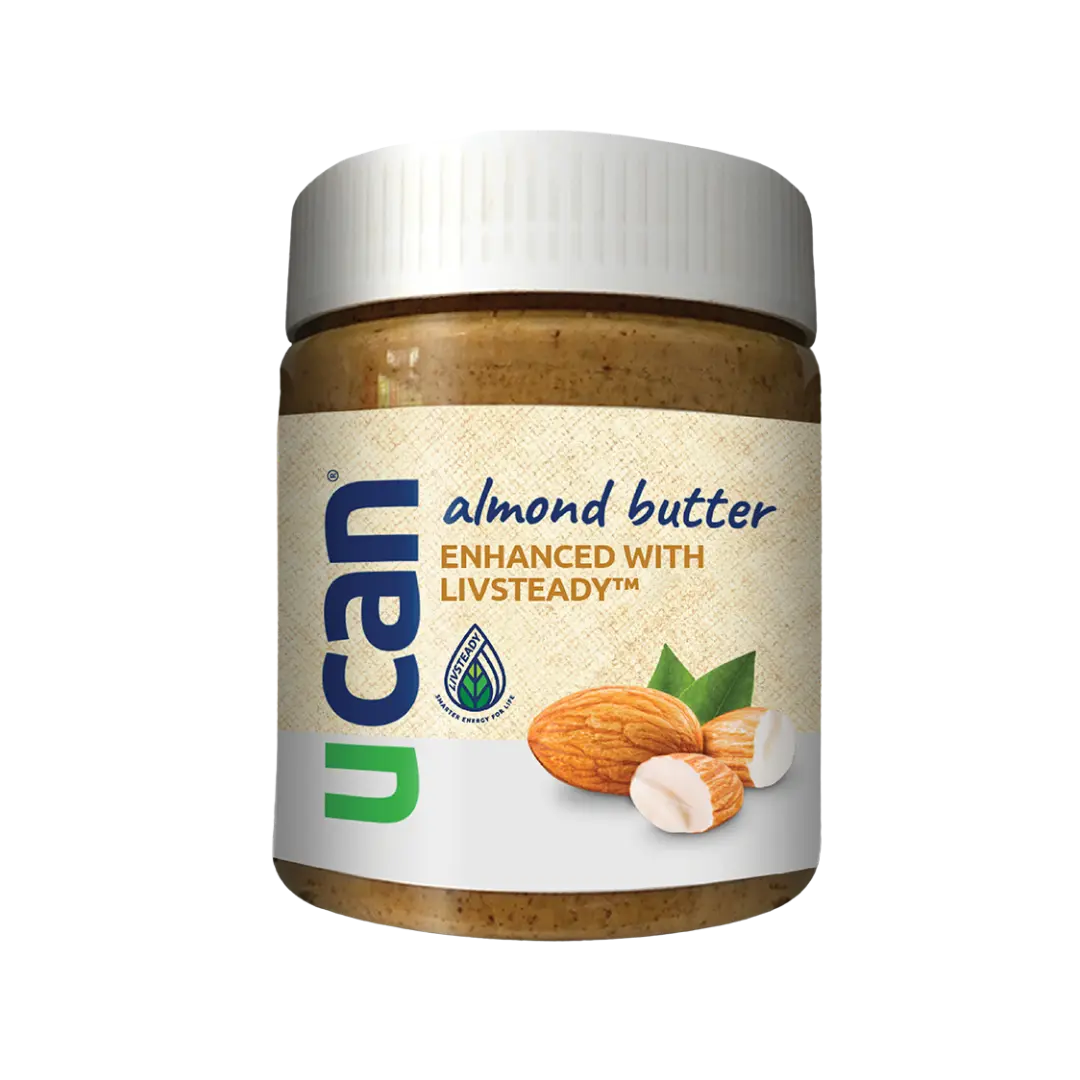
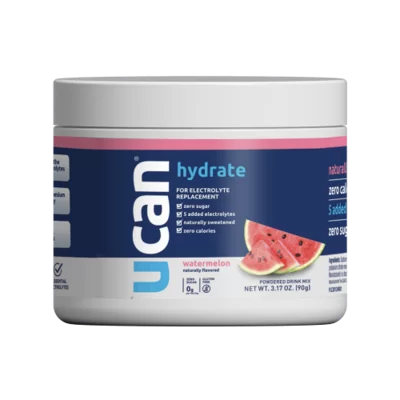
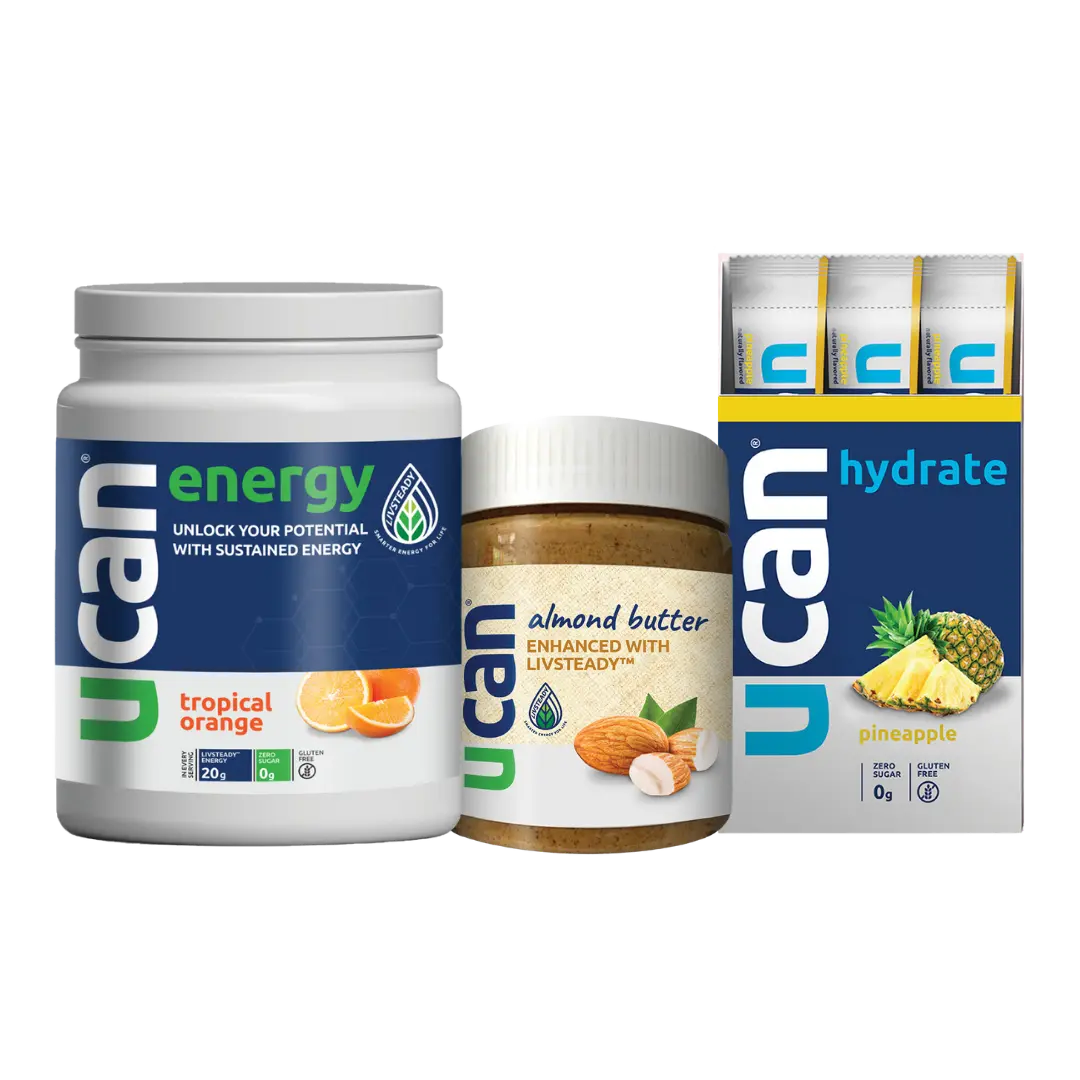

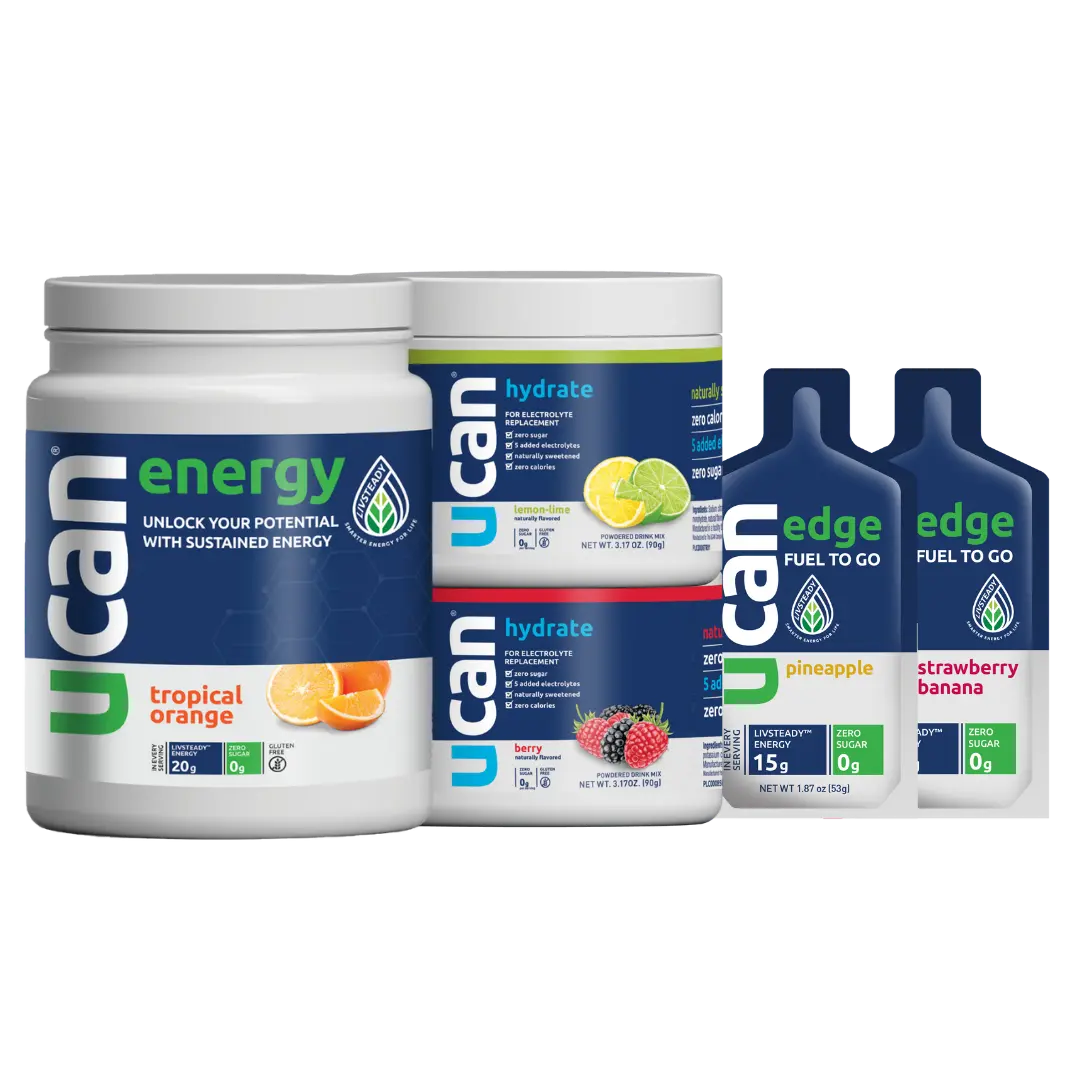

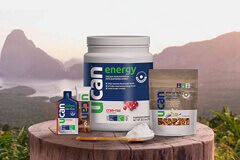
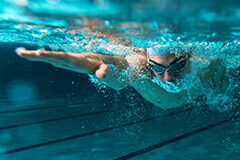
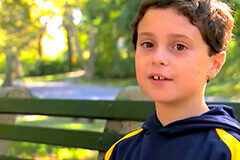
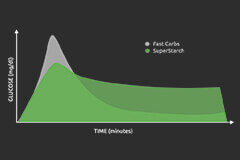

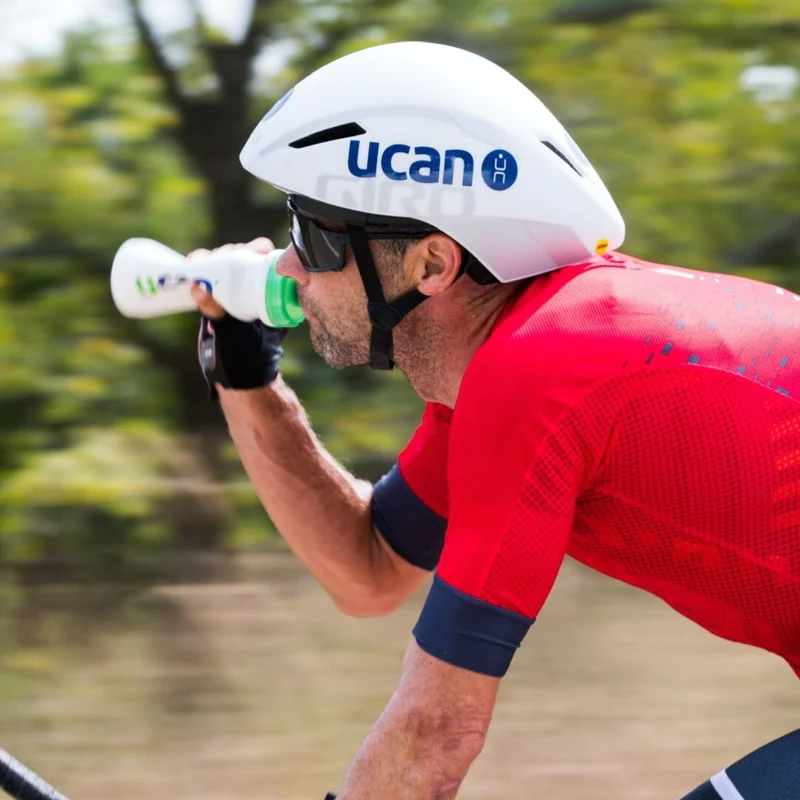










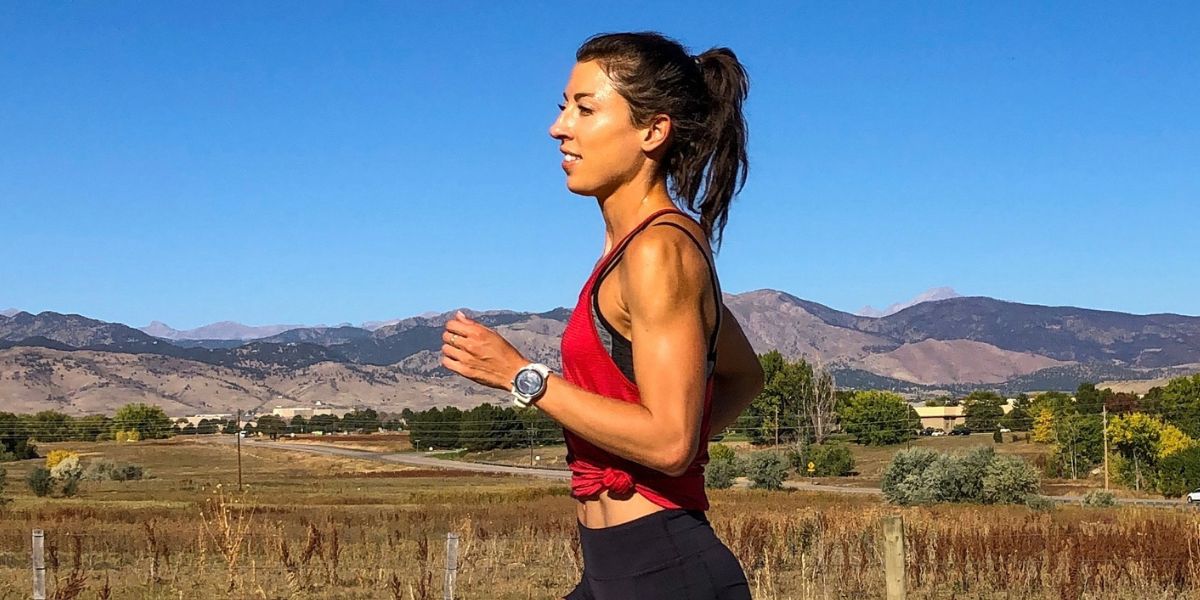







Comments are closed